Get PeakVisor App
Sign In
Search by GPS coordinates
- Latitude
- ° ' ''
- Longitude
- ° ' ''
- Units of Length

Yes
Cancel
Share ×

Scan the QR code and open PeakVisor on your phone
❤ Wishlist ×
Choose
Delete
The Cederberg Wilderness Area is located in the Western Cape of South Africa and is renowned for its rugged, striking landscapes and unique rock formations. The highest and most prominent peak of the 82 named mountains is Sneeuberg, measuring 2,026 meters (6,647 ft).
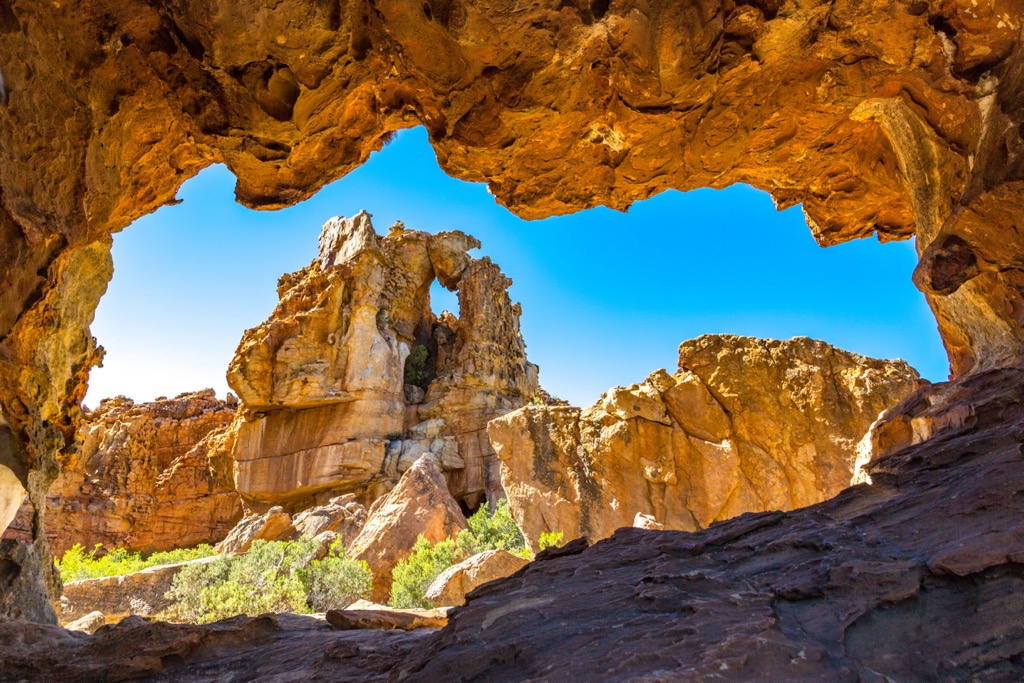
The Cederberg Wilderness Area is about 200 km (124 mi) north of Cape Town and covers approximately 71,000 ha (175,445 ac) of diverse terrain. Deep valleys, high peaks, open plains, and dramatic sandstone rock formations characterize the landscape.
Three notable sandstone landmarks are found here: the 30-meter (98 ft) high Maltese Cross, the hollowed-out Wolfberg Arch, and the jagged Wolfberg Cracks. Across the landscape, rock walls are coated with history, featuring ancient San art from the park’s earlier inhabitants.
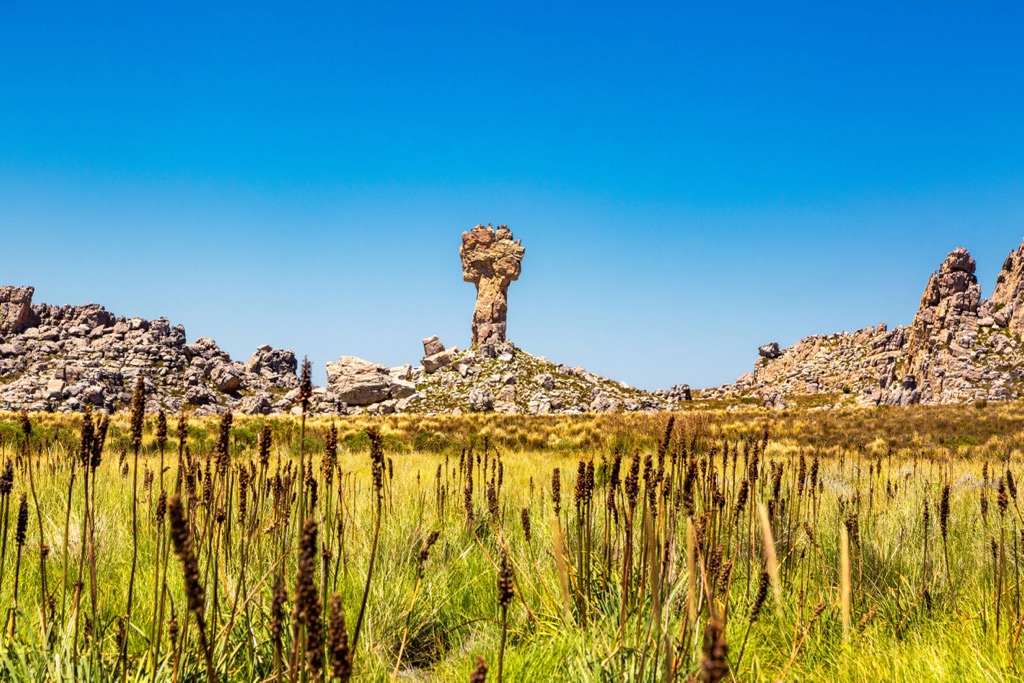
The region’s topography is sharp and undulating, featuring prominent peaks like Sneeuberg, Tafelberg, The Spout, and Cederberg Sneeukop. This craggy landscape is a hiker's paradise, with multiple trails crossing towering mountains, narrow valleys, and rocky terrain.
Home to a harsh climate, summer highs can top a sweltering 40°C (104°F), while winter lows plummet to a chilly 4°C (39°F). Winter also heralds the rainy months with an annual rainfall of 700 mm (28 in) per year. The arid climate nurtures the growth of hardy fynbos, endemic to the Cape region. South Africa’s national flower, Protea, blooms here.
A conservation corridor links Cederberg Wilderness Area to Tankwa Karoo National Park in the east, while 200 km (124 mi) southeast lies Table Mountain National Park in Cape Town.
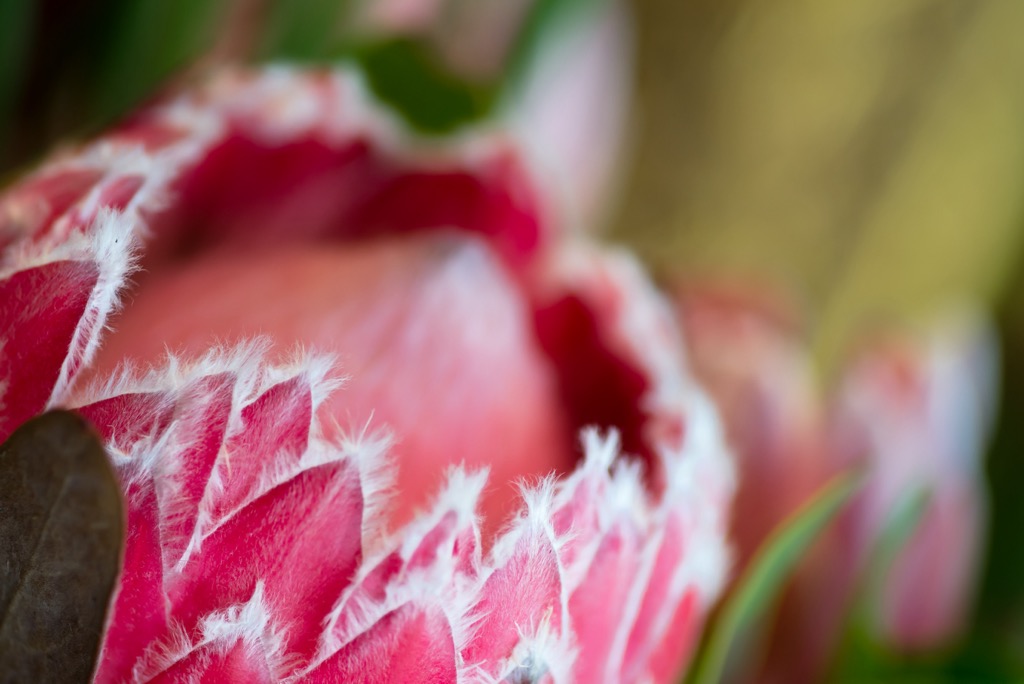
The dominant geological feature of Cederberg National Park is its distinctive sandstone formations. These sandstone rocks are part of the Table Mountain Group, a sequence of sedimentary rocks dating back to the Paleozoic Era, roughly 360 million years ago. Over time, layers of sand and mud were deposited and compacted, forming the sandstone beds we see today.
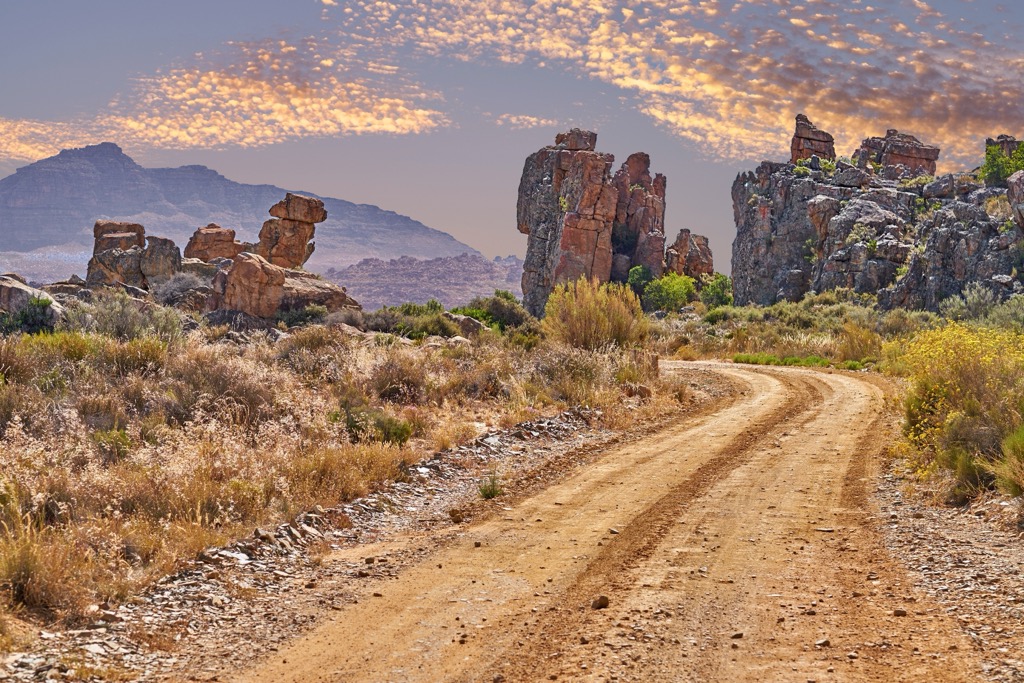
As a result of millions of years of tectonic activity, including folding and faulting, the Cederberg Mountain Range features dramatic rock formations and precipitous terrain. The rocks have been subjected to immense pressure, leading to the folding and tilting of layers, creating unique shapes and sheer cliffs.
Erosion, primarily driven by wind and water, has played a crucial role in shaping the sandstone landscape of Cederberg National Park. Over time, the softer rock layers erode more quickly than the harder layers, forming deep gorges, weathered rock overhangs, and peculiar rock formations.
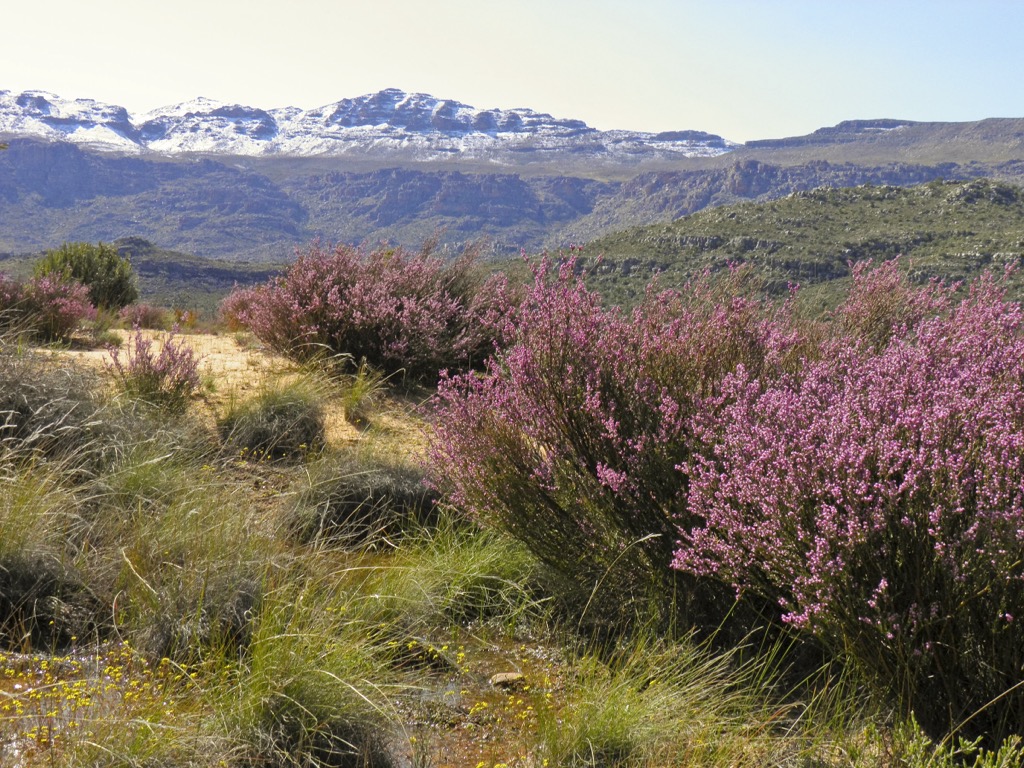
The primary ecosystem in the Cederberg Wilderness Area is fynbos, a type of vegetation unique to the Western Cape region. Fynbos is known for its incredible plant diversity, with many species found nowhere else on Earth. It includes proteas, ericas, restios, and numerous other plant species, many of which have adapted to the area's low-nutrient, sandy soils, and periodic fires. The fynbos ecosystem is a crucial part of the Cape Floristic Region, a UNESCO World Heritage Site and one of the world's biodiversity hotspots.
Rooibos are another signature plant species that thrive in the Cederberg Wilderness Area’s harsh climate. Like fynbos, this endemic South African tea is an adaptable plant that has evolved to flourish in the Cederberg’s acidic soils and frequent fires.
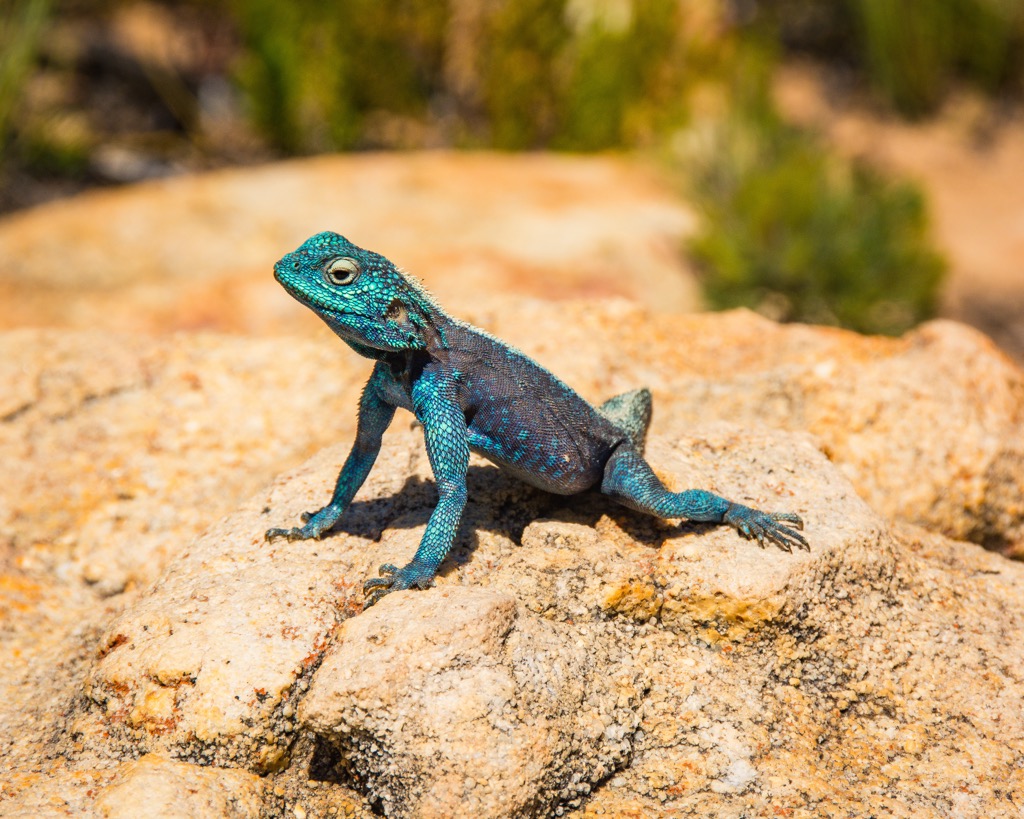
While the Cederberg Wilderness Area is not known for its large mammals like other parts of South Africa, it is home to various smaller wildlife species. Residents include elusive creatures like the Cape leopard, caracal, African wildcat, and small antelope like the klipspringer and grey rhebok. Birdwatchers will be delighted to spot various bird species, including raptors, eagles, and the Cape Rockjumper.

Approximately 2,000 years ago, the San people resided in the caves of the Cederberg Wilderness Area. These ancient hunter-gatherers depicted their lifestyle of hunting activities through drawings and paintings on the rock walls, which are still present today.
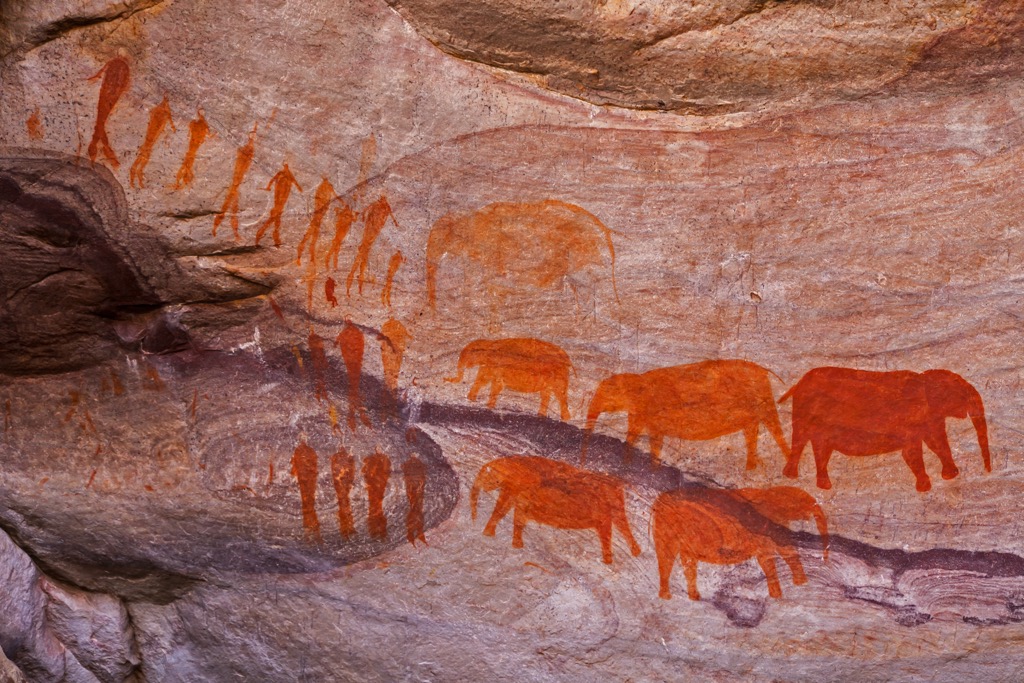
European colonization began in the Cape and its neighboring regions in the late 17th century. The Cederberg Wilderness Area, once lush, forested, and teeming with native Clanwilliam cedar trees, underwent a dramatic transformation. In pursuit of economic progress, European settlers extensively harvested these majestic trees for furniture, telephone poles, and housing, destroying the once-forested landscape.
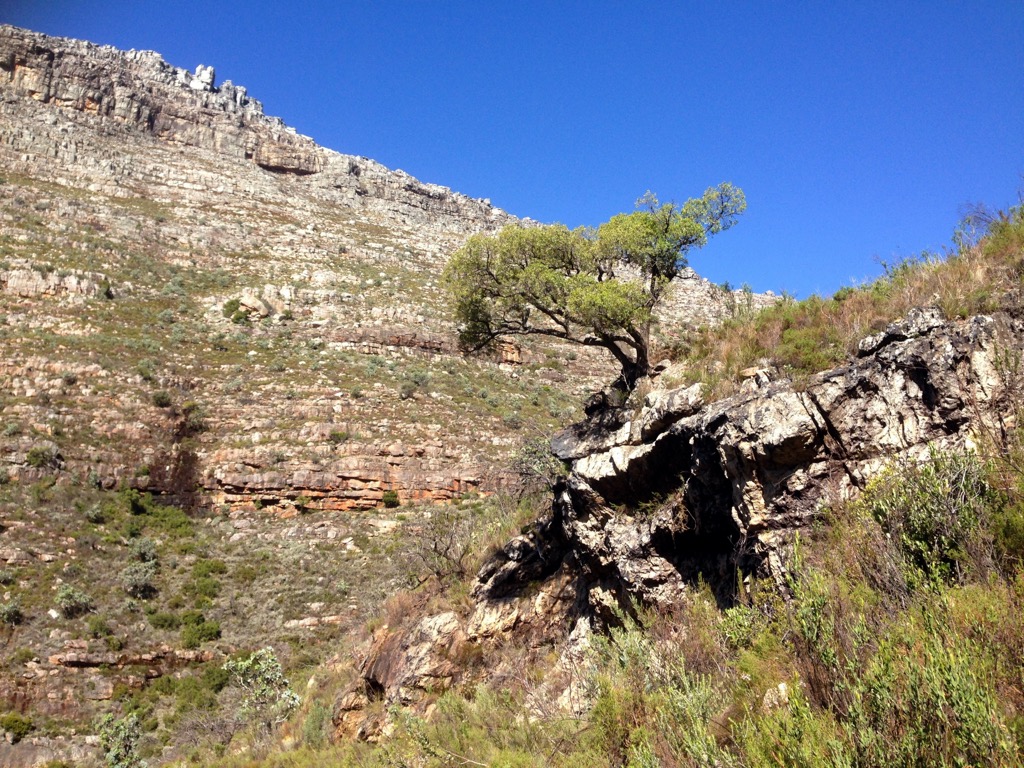
In the 1730s, settlers established farming communities in Clanwilliam, a development that led to the displacement of the San people, who had long utilized the land for hunting. While much of the country remained relatively untouched by colonial influences during this period, Clanwilliam emerged as the seventh established town in South Africa.
A noteworthy chapter in the Cederberg region's history is rooibos tea cultivation. The San People were the first to use rooibos as a herbal remedy. Later, European settlers recognized its potential as a commercial crop, and by the early 20th century, rooibos tea had gained popularity locally and internationally. Today, the Cederberg is one of the primary regions for rooibos cultivation.
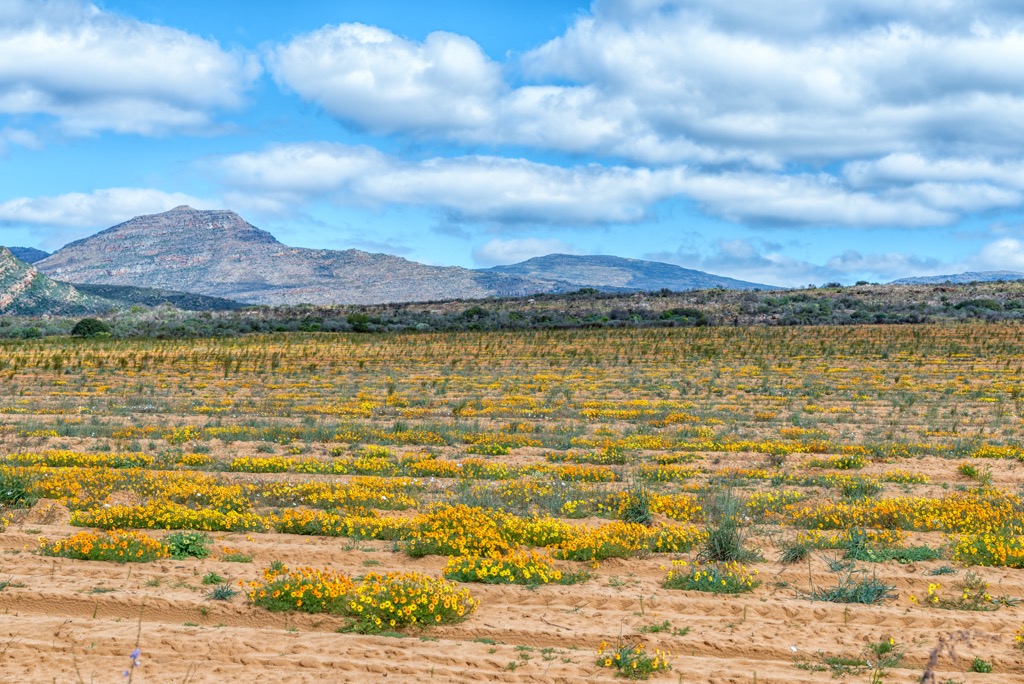
To safeguard the remaining vestiges of the Clanwilliam cedar tree, found high in the mountainous terrain, as well as to preserve the invaluable cultural heritage encapsulated in the rock art, Cederberg National Park was officially established in 1973.
The ultimate trekking route for adventurers, the Cederberg 100 Trail spans roughly 100 km (62 mi) of rugged backcountry. Throughout the multi-day hike, an undulating path weaves up craggy mountains and dips into sheltered valleys, constantly surrounded by the remote beauty of jagged terrain, thriving fynbos, and fertile farmlands. The absence of light pollution and the dry, cloudless atmosphere allow visitors to observe the night sky in all its glory.
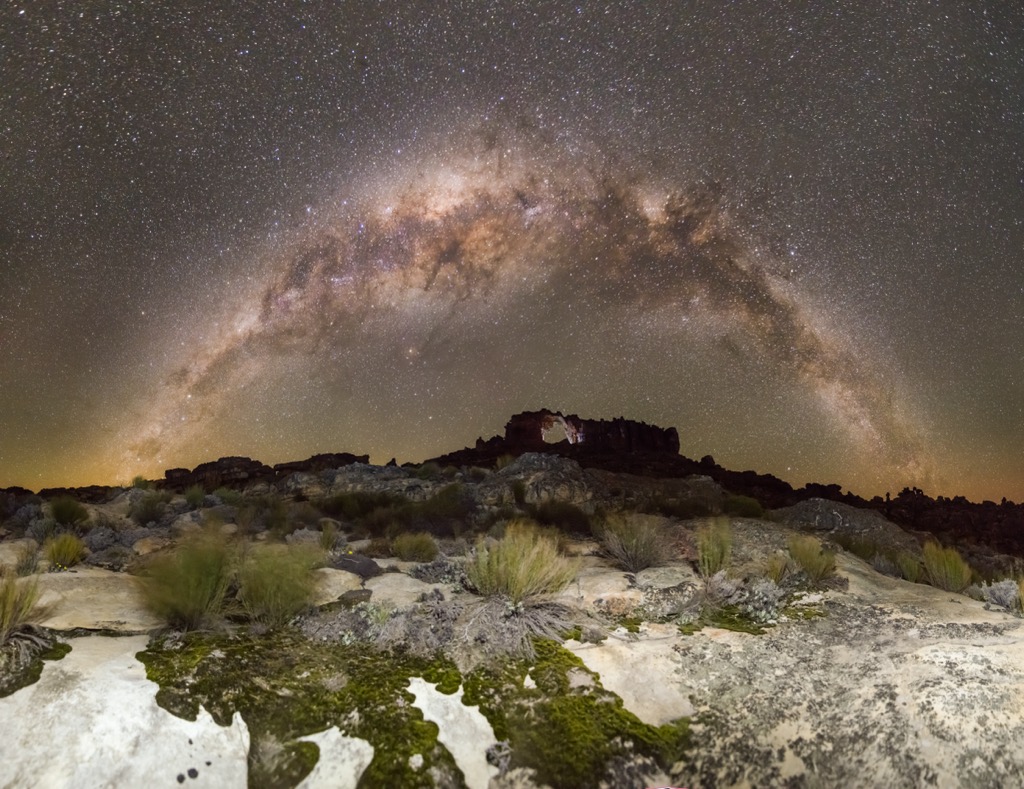
The route progresses past lone ancient Clanwilliam cedar trees, steep gradients, and slippery slopes. Highlights of the Cederberg 100 Trail are the sheer grandeur of Cederberg’s red sandstone landmarks: the Maltese Cross and Wolfberg Arch.
For outdoor enthusiasts unwilling to tackle 100 km (62 mi) through remote wilderness, the good news is that a more manageable 16 km (10 mi) path leads to the iconic Wolfberg Arch. While shorter in distance, the hike remains challenging with some steep climbs, scrambling on boulders, and open terrain under the harsh sun.
Following the ascent, hikers will reach a plateau offering a more manageable terrain for the legs. The initial point of interest along the trail is the Wolfberg Cracks, characterized by narrow crevices in the sandstone rock formations. Here, hikers will venture into these tight sandstone corridors, flanked by two towering rock walls and a narrow strip of blue sky overhead.
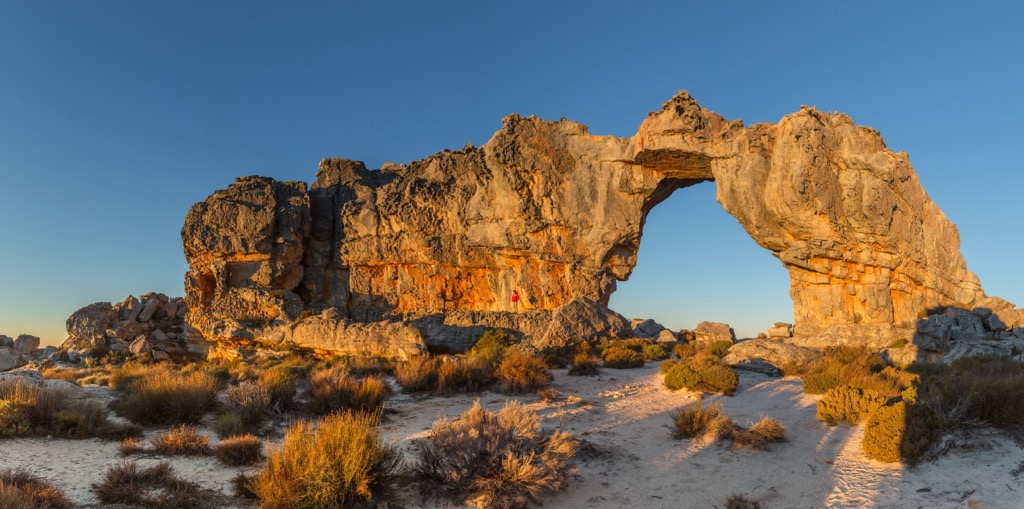
Upon emerging from the slot canyons, the trail proceeds to the Wolfberg Arch, a natural formation standing at an impressive 15 meters (49 ft) in height. The arch, set against the surrounding red stone landscape, creates an otherworldly ambiance reminiscent of Mars. Hikers will have the opportunity to pass through this arch, marveling at the massive bridge that connects two sheer cliffs.
Hikers can visit this natural wonder without committing to the 100 km (62 mi) trail. The Maltese Cross Walk spans 7 km (4.3 mi), showcasing burnt-orange arid terrain of dry grass, flowering fynbos, sandstone crags, and precipitous peaks. While the path is exposed to the sun, there’s an opportunity to cool off when passing the Dwars River.
As the hike progresses, an ascent begins, granting hikers panoramic vistas of distant vineyards and farmlands. With continued elevation gain, the imposing presence of Sneeuberg comes into view, indicating that the Maltese Cross is in proximity. Soon, the distinctive 30-meter (98 ft) high Maltese Cross becomes discernible against the backdrop of the Sneeuberg.

For tremendous views over the Cederberg Wilderness Area, tackle the 24 km (15 mi) route to the park’s highest peak. This two-day trek passes the iconic Maltese Cross, marking the starting point for ascending the steep trail to Sneeuberg’s summit.
While some hikers stop before the summit, others persevere to reach the top, climbing through tight gaps between rocks and ascending a near-vertical cliff with challenging scrambles. However, the view from the summit is incredible, with a rippling sea of jagged peaks undulating into the distance. On clear days, it’s possible to spot Table Mountain to the southeast.
Golden hour supplies the most breathtaking view of the summit. Nevertheless, it is crucial to exercise caution when planning the descent, particularly after sunset. One recommended approach is to commence the descent before dusk and then pause at a higher elevation to appreciate the breathtaking scenery once the riskier portion of the peak has been navigated.
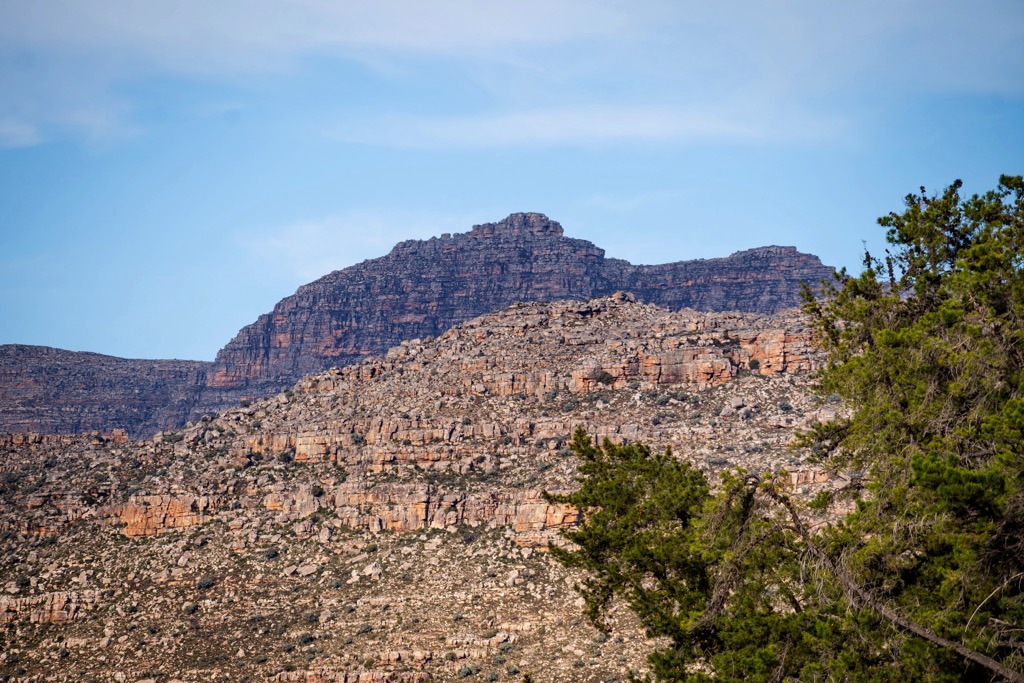
Possibly one of the most striking mountains in the Cederberg Wilderness Area, Tafelberg features a flat-topped peak and shares Table Mountain’s name in Afrikaans. Climbing Tafelberg involves steep scrambles, sheer inclines, and sections that require intense fitness and concentration.
Upon reaching the summit, a breathtaking 360° panoramic view of the surrounding rugged landscape is revealed. Equally captivating are the unique rock formations that adorn this plateau-like summit, giving it an otherworldly appearance.
Following the Tafelberg, adventurers can head to Spout Cave, another natural marvel within the Cederberg Wilderness Area. This immense sandstone cave has been sculpted over millennia by the forces of erosion, resulting in an imposing overhang. During heavy rainfall, water cascades from above, forming a small waterfall from the 'spout,' from which the cave derives its name.
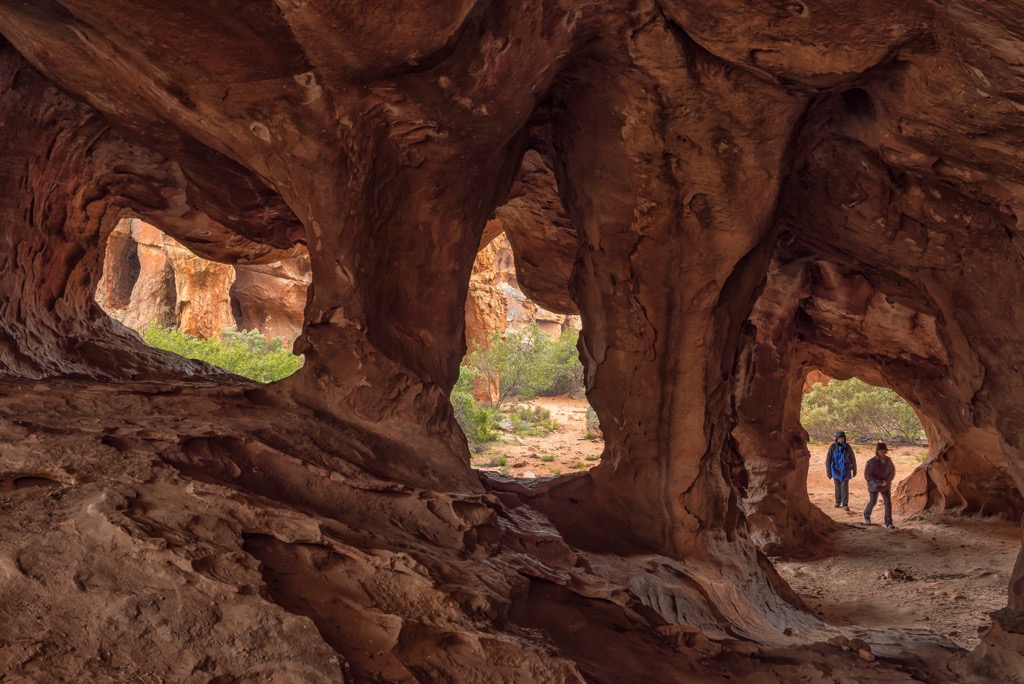
The 5 km (3 mi) Sevilla Rock Art Trail provides a glimpse into history through nine ancient San rock art sites. These sites feature paintings depicting herdsmen, hunters, and various animals, with estimates suggesting that these artworks date from 800 to 8,000 years ago.
Guided tours are available throughout the year, but the ideal time to plan a visit is during late winter or early spring when the landscape is adorned with vibrant wildflowers. Summertime can bring scorching temperatures, so it may be wise to avoid hiking this trail during the peak heat of midday.

Nestled in the picturesque Cederberg mountains, Clanwilliam is a historic town on the outskirts of the Cederberg Wilderness Area. Clanwilliam serves as a gateway to the wilderness area. It’s worth visiting for a day or two to feel away from it all and closer to nature, but more vibrant cities (Cape Town) await nearby.
Clanwilliam offers numerous opportunities for adventure sports like mountain biking, 4x4 off-roading, and paragliding. White water rafting on the Doring River is popular with thrill seekers. Spring and summer are the peak months as the mountain snow runoff and seasonal rainfall create the strongest currents.
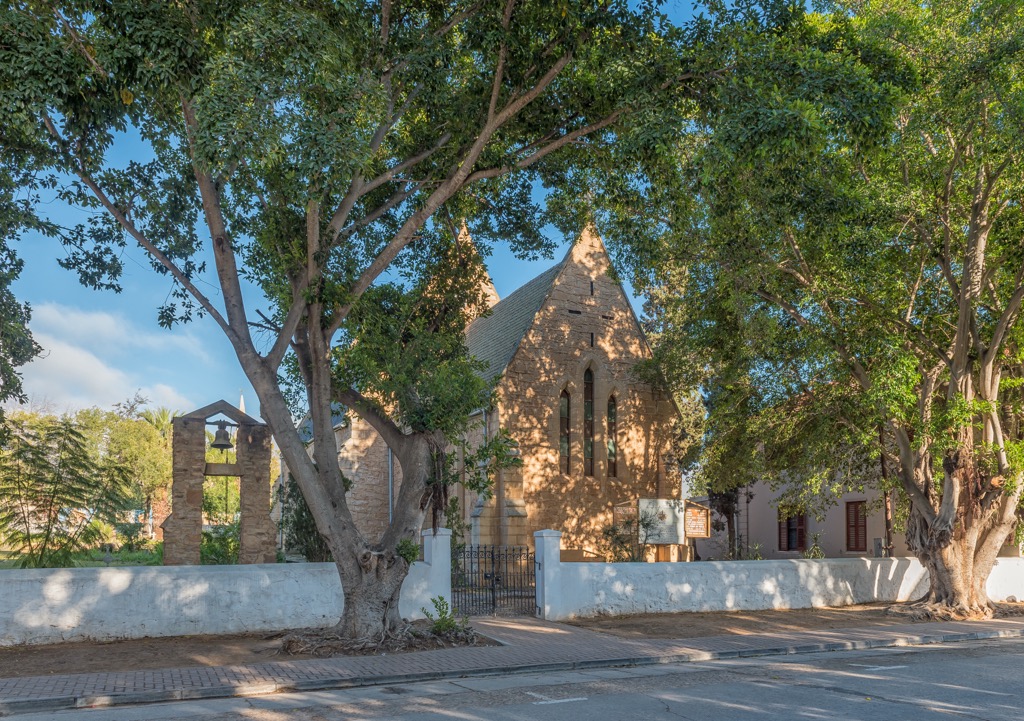
If you prefer to unwind and relax in nature, head to the Bushman’s Kloof Wilderness Reserve. Just a short drive from Clanwilliam, this luxury wilderness reserve offers a tranquil escape in a pristine natural environment. It's ideal for spa treatments, wildlife safaris, and star-gazing.
Finally, Clanwilliam is the heart of the Rooibos tea industry in South Africa, so a visit to the Rooibos Factory is essential. Visitors can tour Rooibos farms and factories to learn about the cultivation and production of this famous herbal tea. Remember to sample some of the finest Rooibos brews in the region.
Cape Town, often called the Mother City, is one of South Africa's most iconic and bustling destinations. Revered for its extraordinary natural beauty, coastal mountain ranges, pristine beaches, and vibrant atmosphere, Cape Town unquestionably merits a place at the top of any traveler's itinerary.

The most prominent natural attraction in Cape Town is the ascent of Table Mountain. This flat-topped mountain is an iconic symbol of Cape Town and offers breathtaking panoramic views of the city, ocean, and surrounding landscapes. Visitors can hike to the summit or take a cable car for a leisurely ascent.
For a change of scenery and equally dramatic vistas, travelers can venture to the Cape of Good Hope, where the Atlantic and Indian oceans converge. This rugged peninsula offers enchanting coastal views, including historic shipwrecks and opportunities for spotting dolphins and whales along the numerous hiking trails.
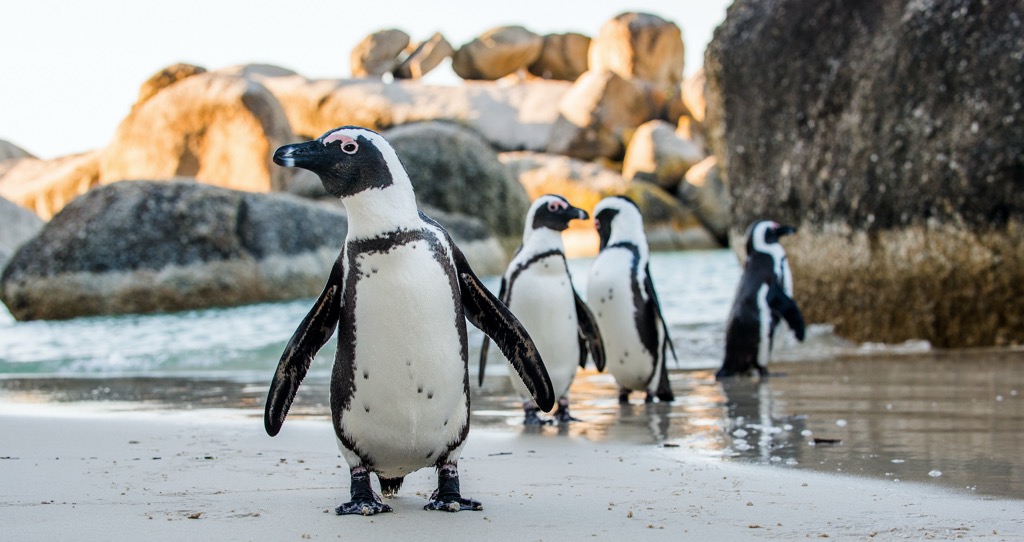
Lastly, a brief drive from Cape Town takes you to the picturesque vineyards of Stellenbosch, Franschhoek, and Paarl. Here, indulging in wine tasting and gourmet dining experiences is a must, set against the backdrop of the stunning coastal mountains.
Explore Cederberg Wilderness Area with the PeakVisor 3D Map and identify its summits.








